BY JUNE CHOI
June Choi is a 2018 SAIS graduate who visited the Philippines in 2019, inspired by Professor Tanvi Nagpal’s course ‘Improving Service Delivery’. She is currently a first-year PhD student in Earth System Science at Stanford, where she is researching the economic impacts of climate change. Her visit to Baseco was made possible through Smokey Tours, a local NGO facilitating guided tours in the region.
Cities have long been touted as engines of economic growth and innovation, and their current contribution to global GDP is around 80%. However, the accompanying explosion of urban populations, poor planning, and huge infrastructure deficits have also led to the exponential growth of slums and informal urban settlements. Of the 4.35 billion people living in cities today, nearly 30% are estimated to live in densely packed, poorly constructed housing without access to clean water and sanitation.
These populations live on the outskirts of cities, often without identification papers and unable to secure formal employment nor access loans. Because public utilities only provide services right up to the boundaries of the slums, most residents are left to their own resources for connecting to electricity and water and managing their waste. These factors negatively impact these communities’ living conditions. Living standards are so poor that a UNICEF study found that mortality rates and primary school enrollment were worse among the poorest urban children compared to their rural counterparts, despite the ‘urban advantage’ of being closer to city resources. More recently, the COVID-19 pandemic and its disproportionately higher toll within slums highlighted inequities in urban development and the urgency of meeting basic needs in these neighborhoods.
Tondo and Baseco
In the peripheries of Metro Manila, Tondo and Baseco (Port Area) is home to an estimated 750,000 people in an area scarcely larger than 9 square kilometers, making it one of the most densely populated urban informal settlements in the world.[1] The informal settlers in Tondo and Baseco hail from all corners of the Philippines in search of better job prospects in the city. Others have been displaced from within Manila to make way for public construction projects.
Of the roughly 150,000 people currently residing in Baseco, only 60,000 are officially registered as residents. Non-registered residents are unable to obtain formal employment, and even those who are registered are often discriminated against because of the area they live in.
Under these circumstances, most men commute into the city as construction workers or join the city’s informal transportation sector as jeepney and tricycle drivers. Their daily wage depends on the number of passengers they can transport in a day. At the end of each workday, they must pay PHP 300 (USD 5.75) in rental fees to the owners of the jeepneys and tricycles. Additionally, commuting into and out of the city poses significant costs. The 5km distance traveled by tricycle and jeepney takes about an hour each way and costs PHP 30-40, a little less than a dollar. Women instead work as street vendors or garlic peelers, for which they earn PHP 80 (USD 1.53) per day—the compensation for a 15kg sack of peeled garlic. The garlic trucks drop off sacks of unpeeled garlic each morning and return to pick up the peeled garlic in the evening. Before the landfill Smokey Mountain closed in Tondo, people also used to make their living by scavenging through the landfill’s two million metric tons of trash.
As for the children, they can attend school only if their families can afford the uniforms, which cost around PHP 650 (USD 12.50) for a shirt and PHP 250 (USD 4.80) for pants or a skirt, which must be repurchased as they grow older. The cost of shoes, backpacks, and school supplies is additional. Due to their low income, families must choose which child’s education they can support by identifying those that enjoy reading in the village library.
Compounding Risks
The daily economic hardships faced by households are further exacerbated by the absence of essential public services such as waste disposal, clean water, and sanitation. While these services are typically considered basic provisions of urban life, their absence in slums have led to living conditions that are often much worse than their rural counterparts.
Maynilad-installed water meters reach only the edge of Baseco, providing the only source of potable water in the area. Households deep in the neighborhood can only connect to the meters with water hoses running hundreds of meters long, with water leaking from several places. Because the hoses are completely exposed on the streets, they are worn down daily by people and motorbikes running over them. By the time the water reaches its destination, there are only drops of water remaining such that it takes a whole day to fill a jug with a liter of water. At a rate of P40 per meter of water hose, the cost of connection is a higher barrier than the cost of water itself.
Limited access to clean water increases exposure to untreated human waste, negatively impacting hygiene and health. The latest World Sanitation Report estimates that 2 billion people globally lack basic sanitation services, of which 673 million practice open defecation. Poor sanitation practices can lead to increased transmission of diseases such as cholera, diarrhea, worm infections, and exacerbate stunting. In Tondo and Baseco, houses located along the coastline have latrines positioned directly above the ocean, and beaches have been closed off as an area of open defecation.
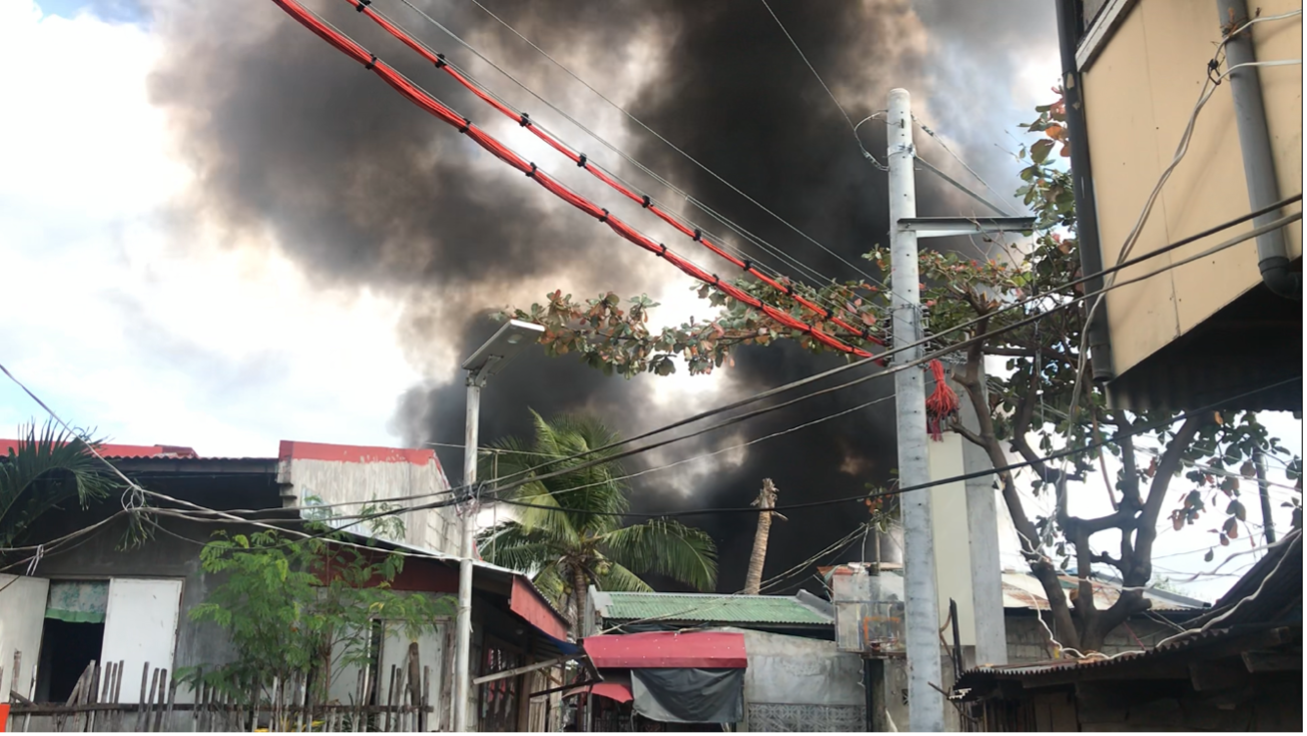
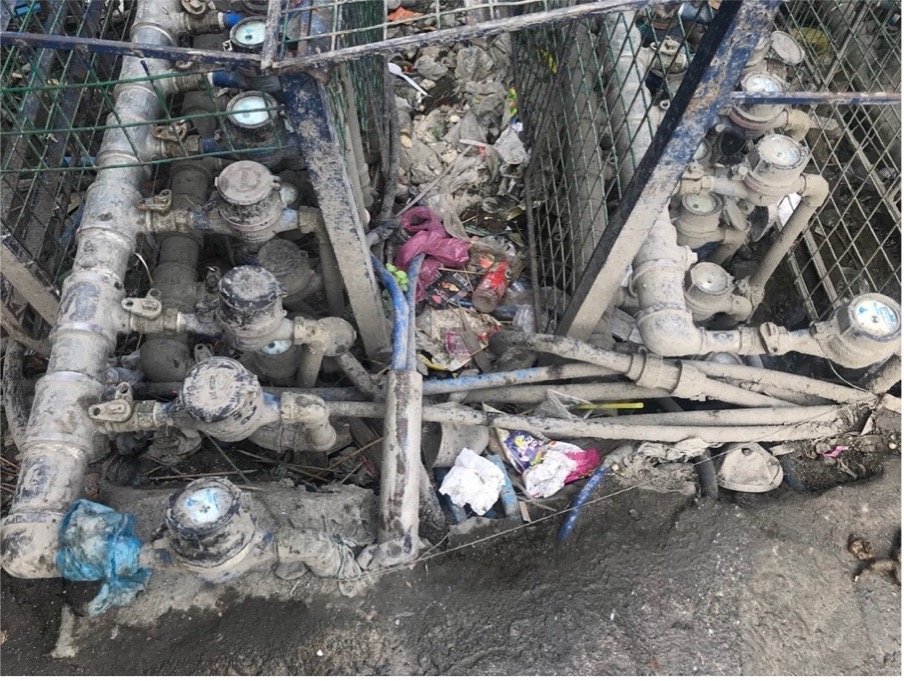
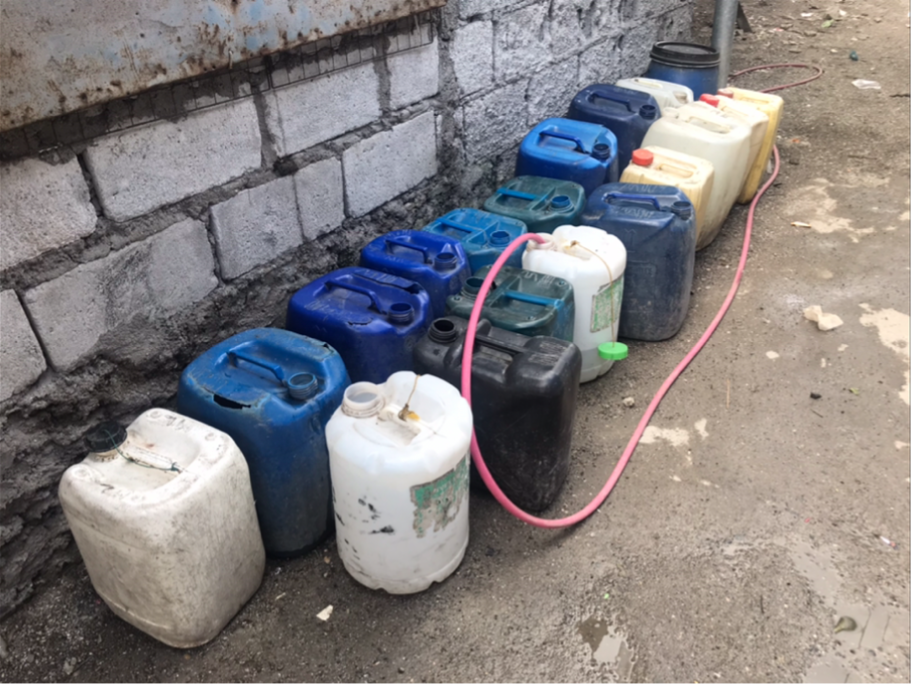
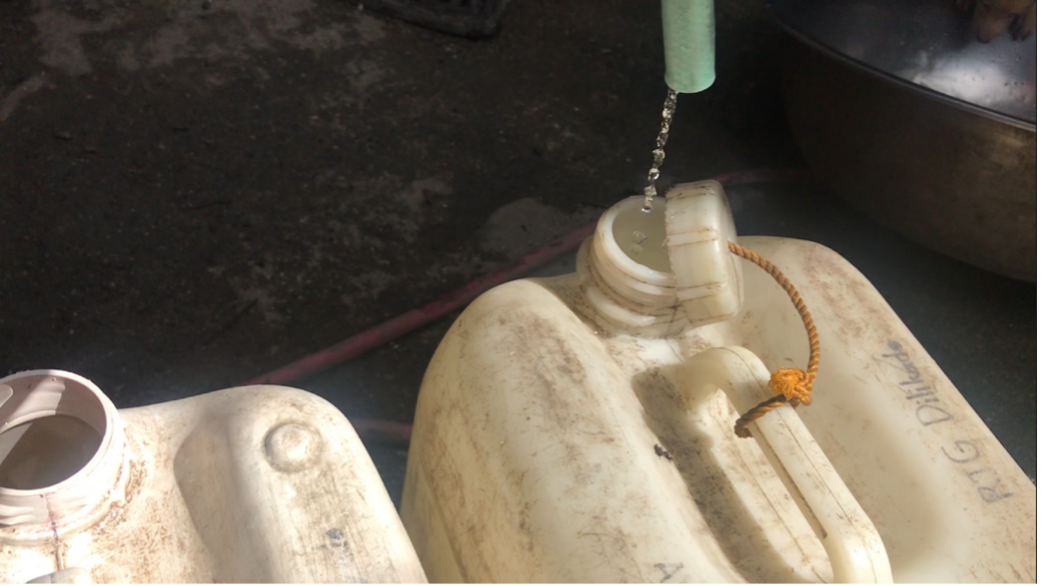
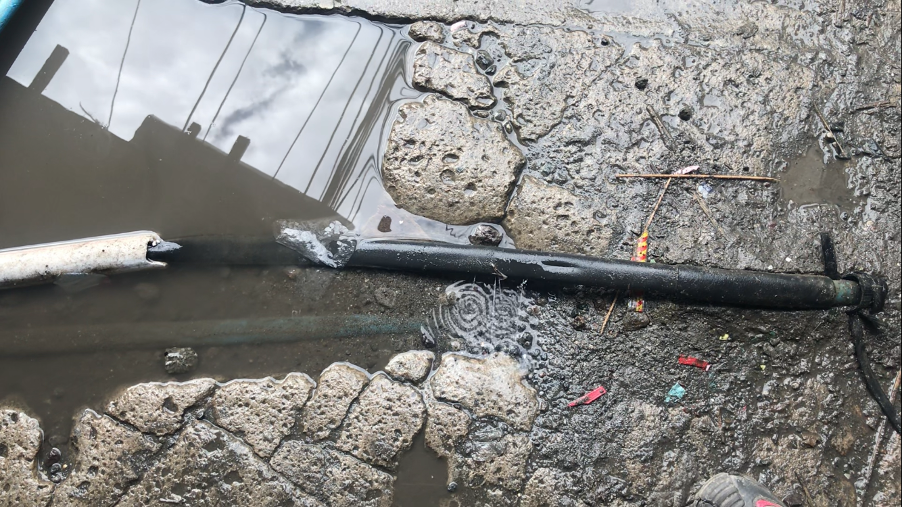
Moreover, due to the cheap, flammable nature of components used to construct housing, any small spark can spread rapidly, fueled by materials like cardboard, tin, and corrugated steel, and by the small gas tanks present in almost every household kitchen. At least five times a year, a fire sparked by a cigarette, faulty electrical wiring, or an open gas range quickly grows into a fire of uncontrollable proportions that destroys hundreds of homes at a time. Fires spread quickly due to the lack of local sources of water nor fire extinguishers available to contain the fire while it is still small.
During my visit to Baseco in January 2019, a major fire broke out in Block 6. As my local guide and resident of Baseco, Janet, quickly escorted me out of Baseco on a tricycle, we passed by rows and rows of families lined along the coast, huddled around their electronics, suitcases, and gas tanks, watching the trail of black smoke in the sky. There were only a few water meters actively running in the surrounding several blocks (approximately 4,000 – 5,000 people). By the time the firefighters managed to navigate their way through the narrow alleys, the fire had already grown large enough to destroy dozens of homes and claim three lives, including two children.
Fires are not the only disasters that make life in Tondo and Baseco precarious. Due to their location along the coast, the area serves as a buffer shielding metro Manila from tropical cyclones that occur with an average frequency of twenty times a year, of which more than half make landfall. The Philippines is also exposed to ash and debris from its twenty-plus active volcanos, not to mention hundreds of earthquakes each year. The high frequency of disasters, both natural and man-made, keeps families in makeshift homes built from cheap, flammable materials, hindering long-term investment and planning.
Towards inclusive urban planning
By 2050, the global slum population is expected to exceed 3 billion, more than doubling the current population. Some of the fastest growth rates are concentrated in the cities of low-income and lower-middle-income countries that are also facing the most severe resource constraints. Without a concerted effort to address the needs of all urban residents, including those living in the peripheries, achieving a more sustainable future is next to impossible.
What if a city’s boundaries could be reimagined as not ending where the slums start, but where people end? What would it take to plan and invest in infrastructure that extends beyond slums, that anticipates future growth and makes 100% reliable, affordable access to resources its primary goal? How could the private sector play a meaningful role in achieving this goal?
These are all questions that government officials, utilities, and financiers have been grappling with for as long as cities have existed. While we may not have all the answers yet, one thing is clear— for sustainable development to work, upholding every human’s right to lead a dignified and meaningful life must be the central guiding principle, such that no one is left behind.
PHOTO CREDIT:
First image: "File:Manila Philippines Slums-in-Manila-01.jpg" by CEphoto, Uwe Aranas is licensed under CC BY-SA 3.0
Banner Photo and Photo Gallery: Author’s own photos from visit
References:
[1] This amounts to more than five times the average density of the City of Manila, currently ranked as one of the most crowded cities in the world. The latest census estimates that Tondo is the most populous district in Manila, accounting for 38% of the total population.



